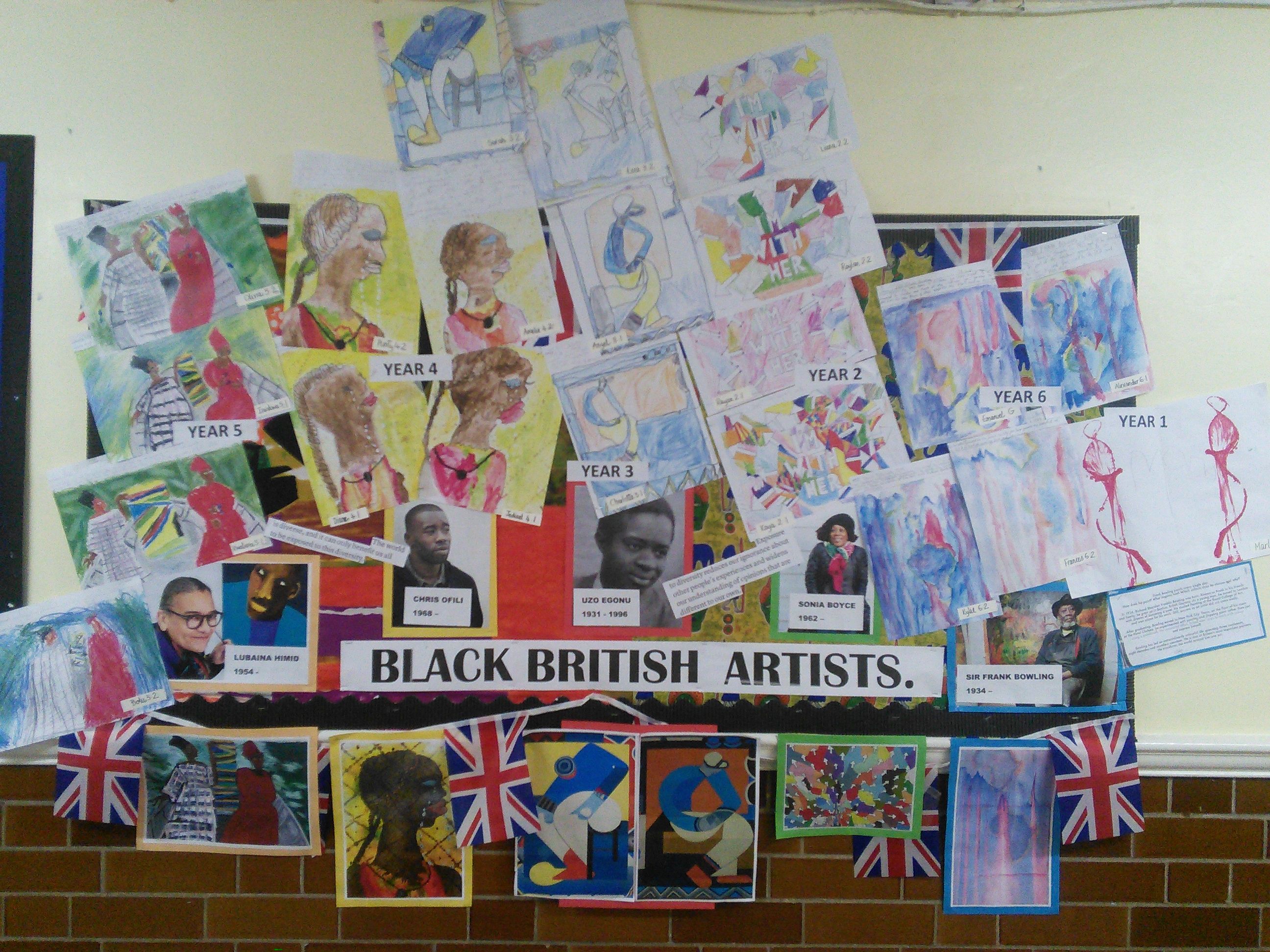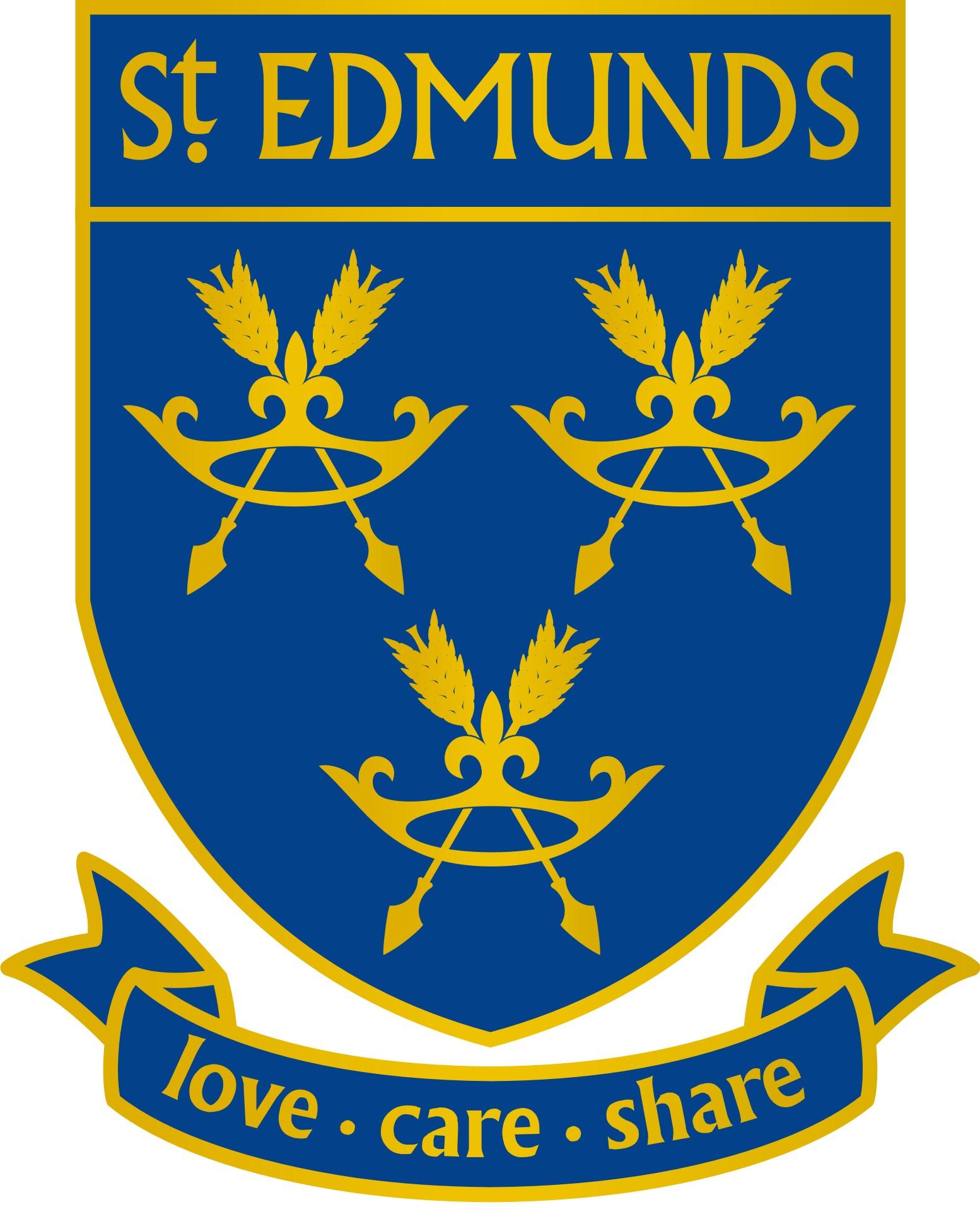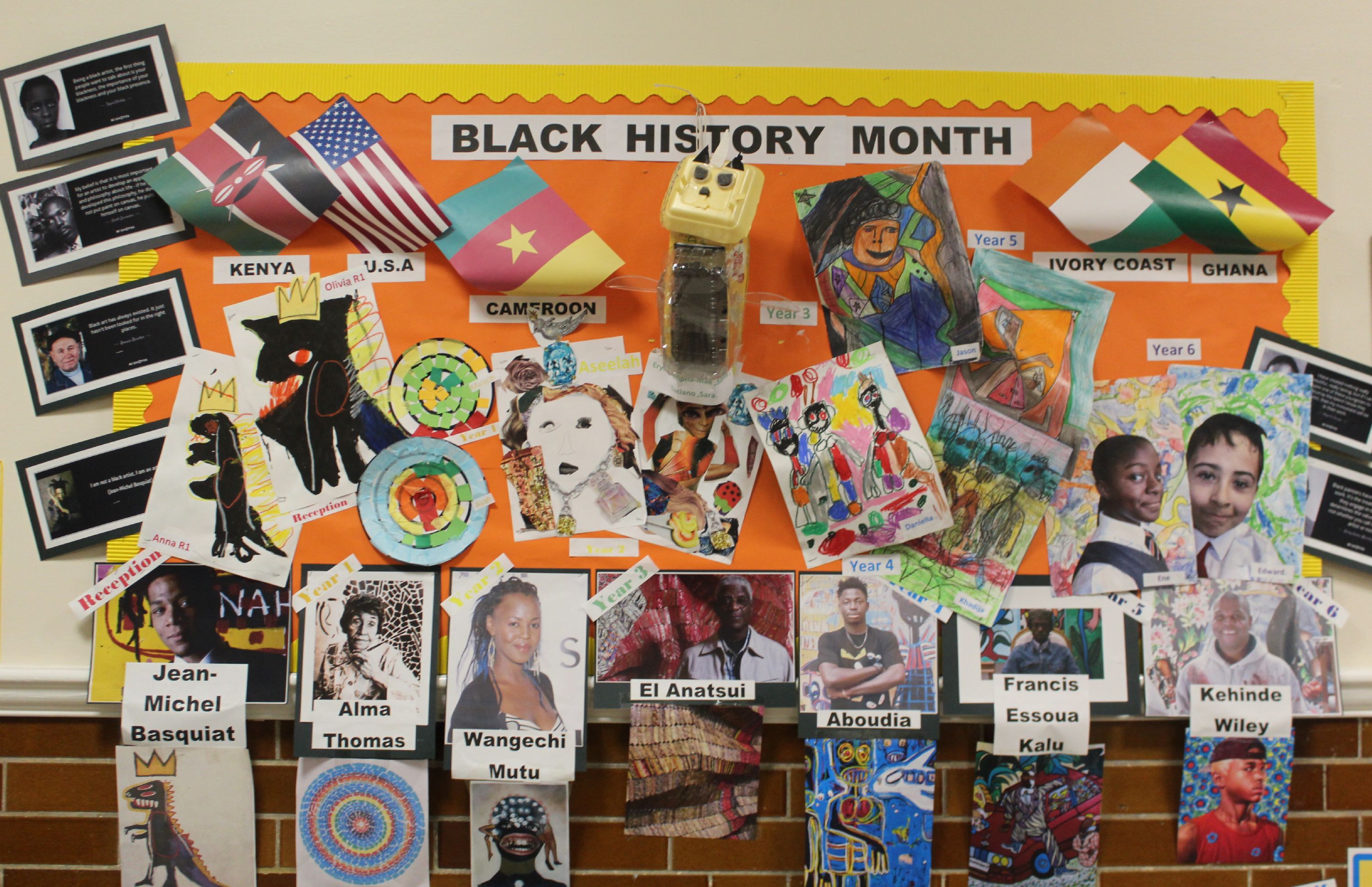History
“I love learning about History, especially looking at old pictures. It is important to remember the past because one day we will be part of History too."
Year 3 Pupil
The aim of history teaching at St Edmund's Primary School is to stimulate the children's interest and understanding about the life of people who lived in the past. We teach children a sense of chronology and, through this, they are encouraged to develop a sense of identity and a cultural understanding based on their historical heritage. They learn to value their own and other people's cultures in modern multicultural Britain and, by considering how people lived in the past, they are better able to make their own life choices today. Through history lessons, we teach children to understand how past events have influenced our lives today and increase their range and depth of historical knowledge. We also teach them to investigate these past events and, by so doing, to develop the skills of; chronological understanding, interpretation, historical enquiry, organisation and communication.
Historical Aims
- To foster in children an interest in the past and develop an understanding that enables them to enjoy all that history offers.
- To enable children to know about significant events in British history and appreciate how things have changed over time.
- To understand the values of our society.
- To understand how the past was different from the present and that people of other times and places may have had different values and attitudes.
- To learn about the major issues and events in the history of our own country and of the world and how these events may have influenced one another.
- To help children understand society and their place within it so that they develop a sense of 'cultural heritage.'
- To develop a sense of chronology in which children can organise their ideas and understanding of the past.
- To understand the nature of evidence by emphasising the process of enquiry and by developing the range of skills required to interpret primary and secondary source materials.
- To distinguish between historical facts and the interpretation of those facts.
- To understand that events have a multiplicity of causes and that historical explanation is provisional, debatable and sometimes controversial.
We believe in whole-class teaching methods and combine these with enquiry-based research activities. We believe children learn best when:
- They have access to and can handle artefacts
- They go on visits to museums and places of interest
- They have access to secondary sources such as books and photographs
- Visitors talk about personal experiences of the past
- They listen to and interact with stories from the past
- They undertake fieldwork by interviewing family and older friends about changes in their own and other people's lives
- They use drama and dance to act out historical events
- They are shown or use independently, resources from the internet and videos
- They can use non-fiction books for research
- They are provided with opportunities to work independently or collaboratively, to ask as well as answer historical questions.
We recognise the fact that we have children of differing ability in all our classes, and so we provide suitable learning opportunities for all children by matching the challenge of the task to the ability of the child. We achieve this through a range of strategies that are differentiated by task, expected outcome and/or support from peers or adults.
History Cross-Curricular Links
History contributes to the wider learning of the school as part of a high quality, balanced curriculum.
History contributes significantly to the teaching of English in our school by actively promoting the skills of reading, writing, speaking and listening. Some of the texts that we use in English lessons are historical in nature. Children develop oracy by discussing historical questions or presenting their findings to the rest of the class. They develop their writing ability by composing reports and letters and through using writing frames.
History teaching contributes to the teaching of mathematics in a variety of ways. Children learn to use numbers when developing a sense of chronology through doing activities such as time-lines. Children learn to interpret information presented in graphical or diagrammatic form; for example they study the impact of the Great Plague by analysing population statistics.
Scientific skills are also developed within the teaching of history through enquiry based learning. Children are encouraged to draw evidence-based conclusions. Evaluation, reflection, comparisons, and summarisation are all integral skills across both subjects.
Black History Month
All year groups have been studying different Black British Artists and recreating their work using a variety of materials. We looked at pictures by
LUBAINA HIMID, CHRIS OFILI, UZO EGONU, SONIA BOYCE and SIR FRANK BOWLING. Here is a display of some of their work.


